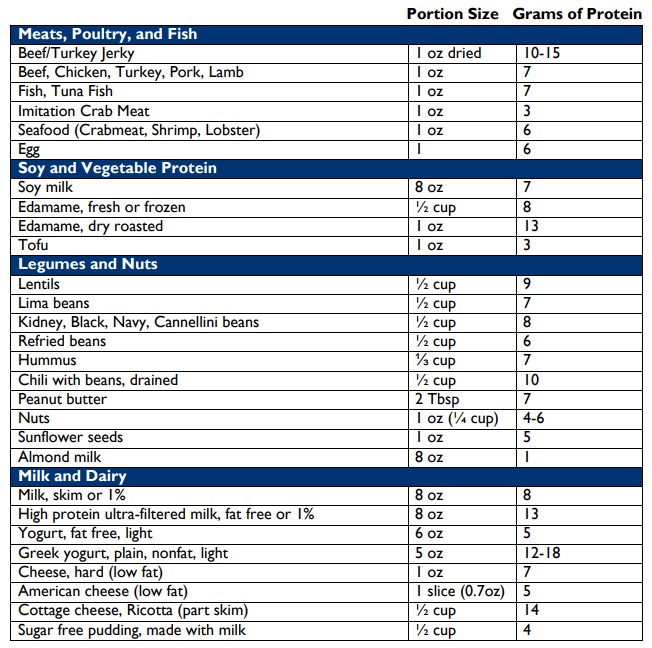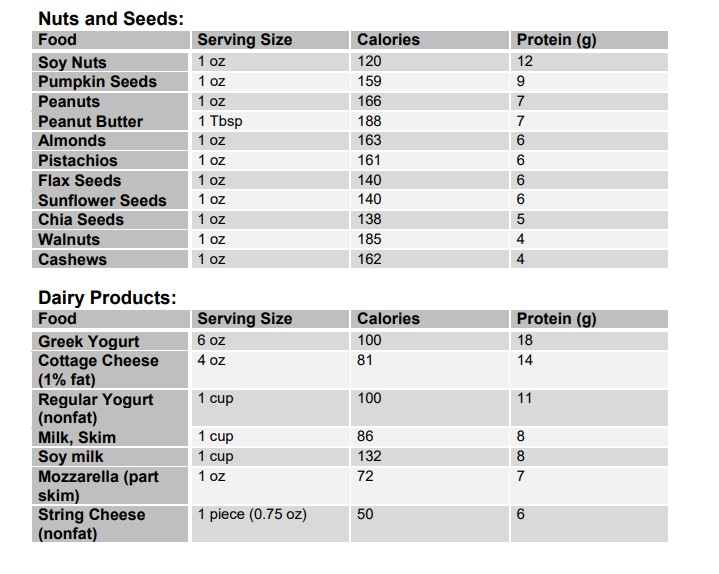(This is the latest article in the “Protein” series, which also includes Lack of Protein Drives Hunger, Part 1 and Part 2, and Supplements). If you are looking for information regarding Protein: Where To Get It, look no further than this article!
About Scott V Watkins, MD
When we think of protein, we tend to envision a steak or maybe even chicken. But those are far from being the only sources of protein.
As detailed in the other articles in this “Protein” series, every cell in the body contains protein. The basic structure of a protein is a chain of amino acids, and you need to consume protein (in your diet and through supplementation) to help your body repair cells and make new ones.
When it comes to working nutrient-rich protein foods into our diet, the options go far beyond meat like tenderloin or ribeye, or fowl like chicken or turkey (although the Johns Hopkins University Department of Clinical Nutrition’s “Protein Content of Common Foods” chart and Today’s Dietitian table show meat and fowl are among the highest sources of protein).
Beef, chicken, turkey, pork, lamb, and venison all have close to the same amount of protein: About 7-8 grams (gm) per ounce. So a 3-ounce serving of any of these meats would provide 22-26 gm of protein.
Studies on muscle building have shown a per-meal intake of about 25-plus gm of protein is optimal for skeletal muscle growth. When looking at the tables, please note the different portion sizes listed. I find it interesting that the Johns Hopkins chart showing beef or turkey jerky, which people seem to either love or hate, notes a protein content of 10-15 gm per ounce! That is certainly the biggest bang for the buck.
Tuna, salmon, other fish, and shellfish all have similar amounts of protein. Comparing the two tables, you’ll notice there’s some difference in protein content, even accounting for the various portion sizes (1 vs. 3 ounces). One large egg provides about 6 gm of protein — given a breakfast with eggs typically includes 2-3 of them, that would amount to up to 18 gm of protein. Greek yogurt is another significant source of protein.
Thus far, we have discussed only animal-based protein sources. But there are plenty of alternative sources, especially important because of the growing evidence on the health benefits and popularity of plant-based diets.
One area of concern with plant-based diets is the appropriate amount of protein, of particular importance to people who work manual labor jobs as opposed to office jobs, those trying to build muscle (pea protein is often found in shake preparations), and those with physically active lifestyles (PAL).
Looking at the tables, both list edamame, soy milk, lentils, and various beans as high in protein, with reasonable serving sizes. Nuts (like almonds, pistachios, walnuts, and cashews) also contain a fair amount of protein but monitor how much you consume because they’re high in fat and calories. Nut butters (including peanut butter, with 2 tablespoons providing 7 gm of protein) can also play a role, but commercially prepared brands may contain a great deal of sugar, so look for unsweetened nut butters. Seeds contain protein as well as dietary fiber and are often rich in antioxidants such as flavonoids and phenolic acid: This combination of antioxidants and fiber is a powerful anti-inflammatory mix. Beans, lentils, and edamame are all high in fiber and antioxidants — an anti-inflammatory combination not found in animal-based protein sources.
So even for self-avowed “meat eaters” (such as myself), there are significant benefits to including at least some of our protein from plant-based sources.
Protein: Where To Get It
Credit: John Hopkins
Credit: Today’s Dietitian

















